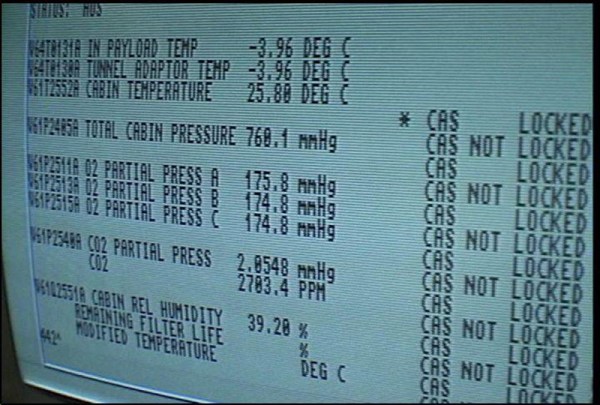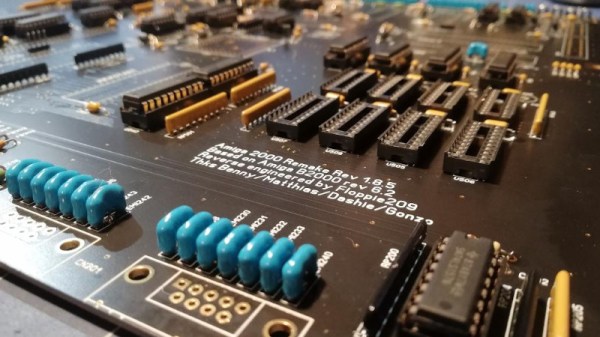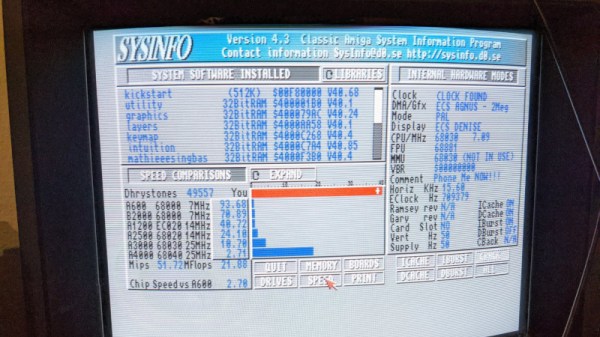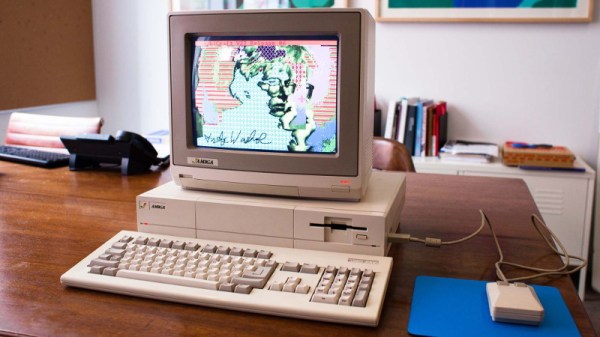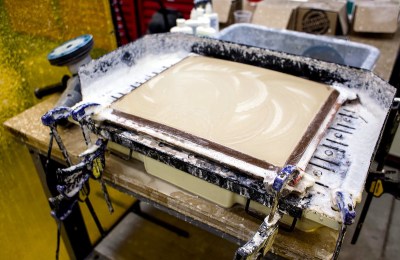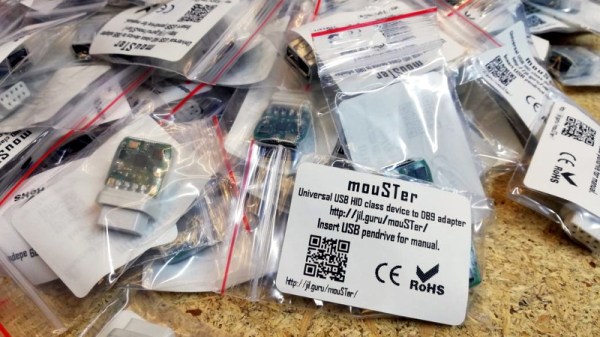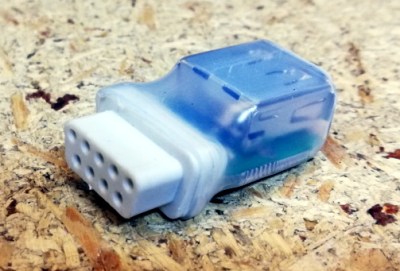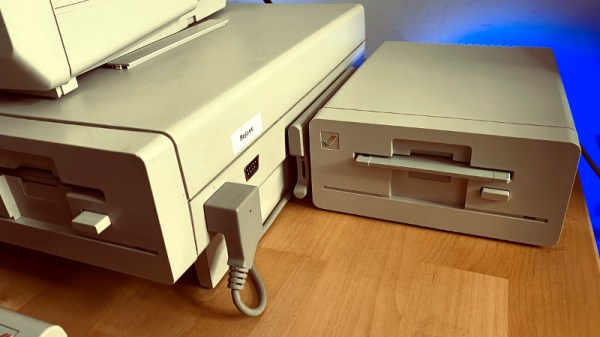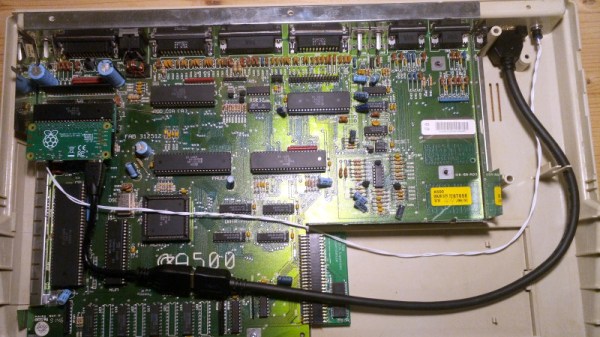In 1986, a group of NASA engineers faced a difficult choice in solving their data processing woes: continue tolerating the poor performance of PC architecture, or pony up the cash for exotic workstations. It turns out that the Commodore Amiga was an intriguing third choice, except for the fact that, paradoxically, it didn’t cost enough. Oh, and Apple wanted nothing to do with any of it.
Steeped in history, NASA’s Hangar AE is a hub for launch vehicle telemetry and other mission communications, primarily during prelaunch phases for launches at Cape Canaveral. Throughout the late 20th century, Hangar AE supported NASA launch vehicles in all shapes and sizes, from the Atlas-Centaur evolutions to the mighty Titan family. It even supported user data from the Space Shuttle program. Telemetry from these missions was processed at Hangar AE before being sent out to other NASA boffins, and even transmitted worldwide to other participating space agencies.
Coming down from decades of astronomical levels of funding, the 1980s was all about tightening the belt, and NASA needed budget solutions that didn’t skimp on mission safety. The Commodore Amiga turned out to be the right choice for processing launch vehicle telemetry. And so it was still, when cameras from the Amiga Atlanta group were granted permission to film inside Hangar AE.
Continue reading “Retrotechtacular: Amiga Pips The PC For Mission-Critical Computing At NASA”

